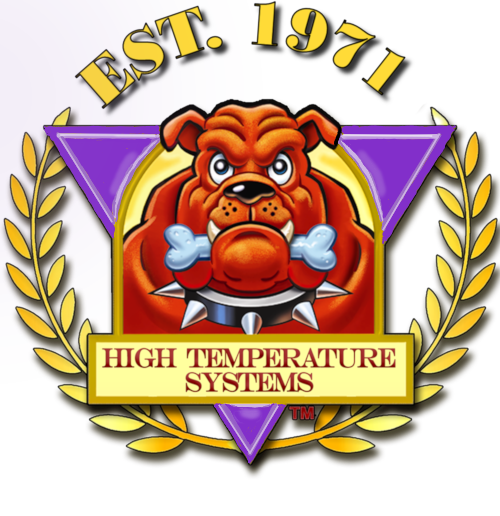
Articles
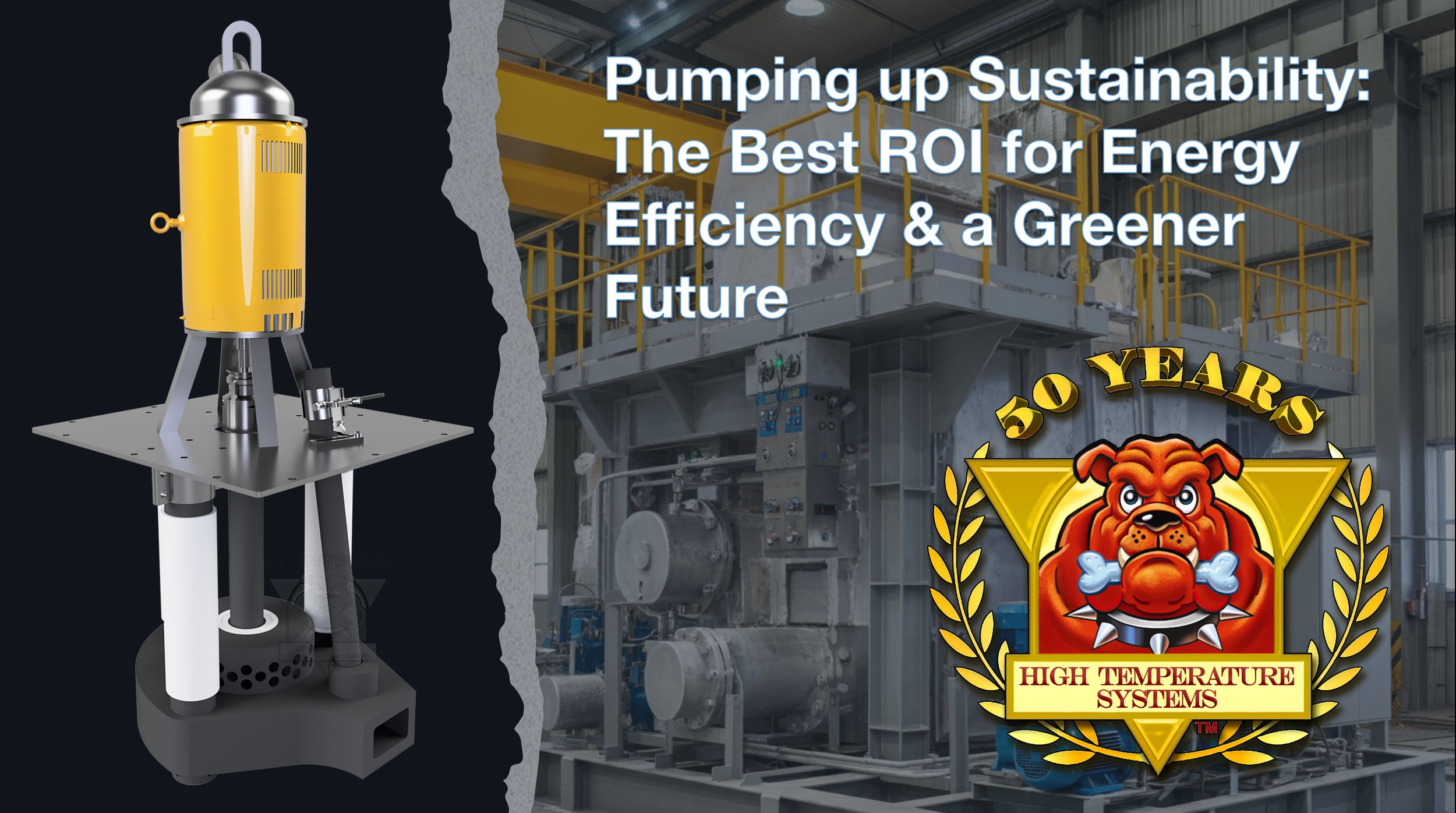
Best ROI for Your Furnace
In the world of aluminum production, achieving optimal energy efficiency and minimizing metal loss isn’t just about cost savings; it’s a critical step towards a greener future. If you’re looking to improve your bottom line and your environmental impact, optimizing your reverberatory aluminum melting furnace is a key strategy. Let’s explore how to maximize your ROI while supporting a more sustainable aluminum industry.

Expertly Optimized Solutions
High Temperature Systems, Inc. partners with melt department managers, supervisors, and engineers to craft complete solutions and solve problems that are beyond the reach of industry off-the-shelf solutions. Drawing from our standard product lines and more than 50 years of experience, we can craft solutions unique to your applications and furnace implementations. These solutions encompass aluminum, zinc and lead operations from die casting to galvanizing.
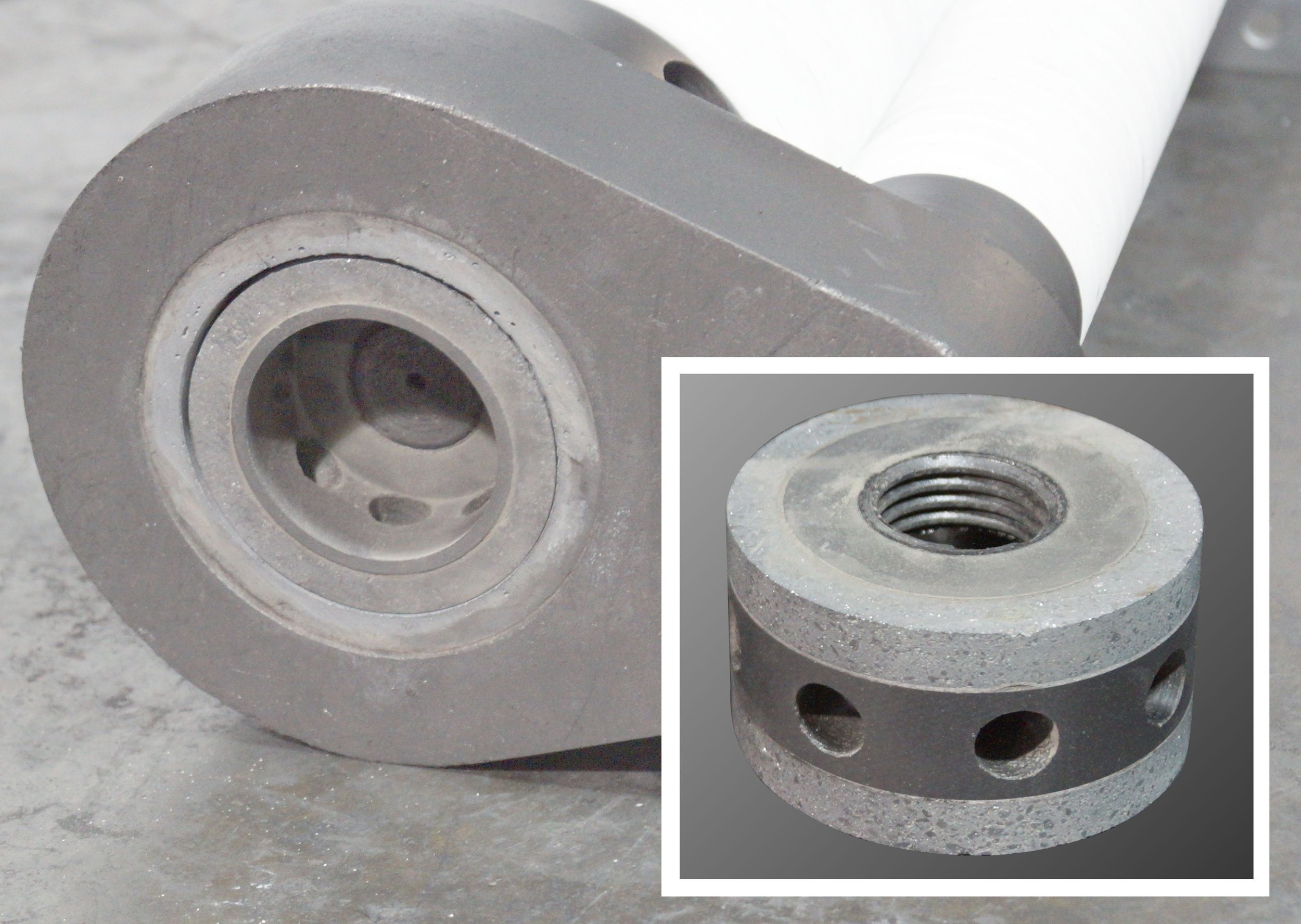
Impeller Types and Purposes
We offer three different types of impellers for many of our molten metal pumps. (The impeller is the vaned wheel that spins inside the pump base.) The impeller and its interaction with the pump base (and base volute) largely determine the performance characteristics of a given pump design.

Circulate Continuously - Transfer on Demand
The ideal solution for these furnaces would be a single compact pump that performs both the circulation function and the transfer function. Such a pump would require a mechanism to redirect the output of the pump impeller to either a circulation nozzle or a transfer riser.

Pump Installation Planning Guidelines – Part 2 – Pump Startup Scheduling
In this article, we will examine the fine detail of the pump startup scheduling and expectations.
In this article, we’ll cover pump startup scheduling. We’ll cover prerequisites before getting started, special considerations, and how to plan for contingencies when things don’t go as planned.
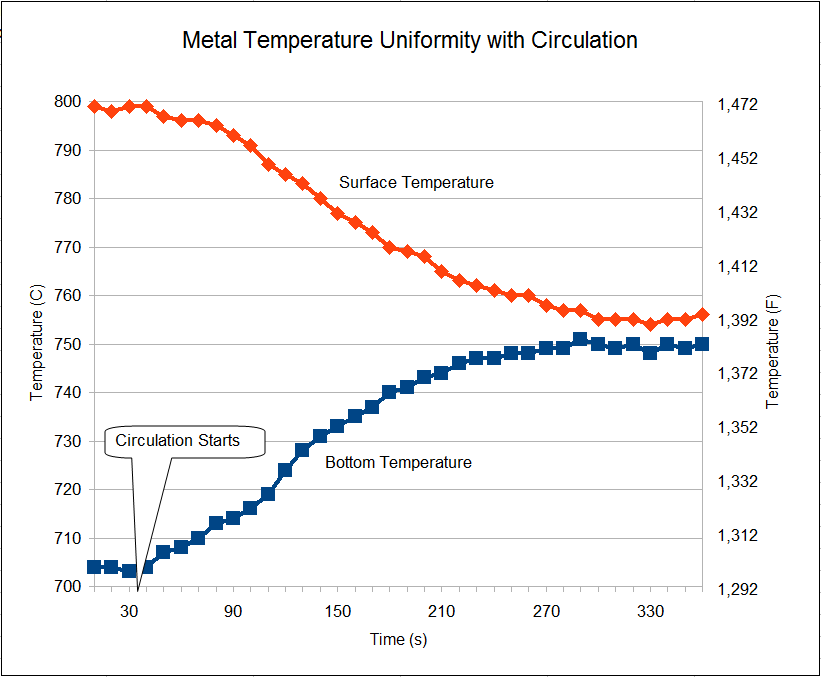
Why Should I Use a Circulation Pump?
In most real world applications, any one of these benefits results in savings that more than offsets the cost of a circulation pump. As an example, a properly sized and operated circulation pump can increase overall furnace throughput 15% and in some cases 30% for a small fraction of the cost of a furnace expansion project.

Small Pump Well? You need a Chameleon!
A recent survey of installed aluminum reverb furnaces found that most included a pump well only large enough for a properly sized circulation pump. With manufacturing floor space at a premium and furnace prices increasing, it is no surprise that the pump well would be kept to an absolute minimum. High Temperature Systems, Inc. long ago designed a wide range of high efficiency pumps to bring higher circulation rates to reverb furnaces with smaller pump well sizes. These pumps are well known in the industry for providing the highest flow rates with the smallest footprint.
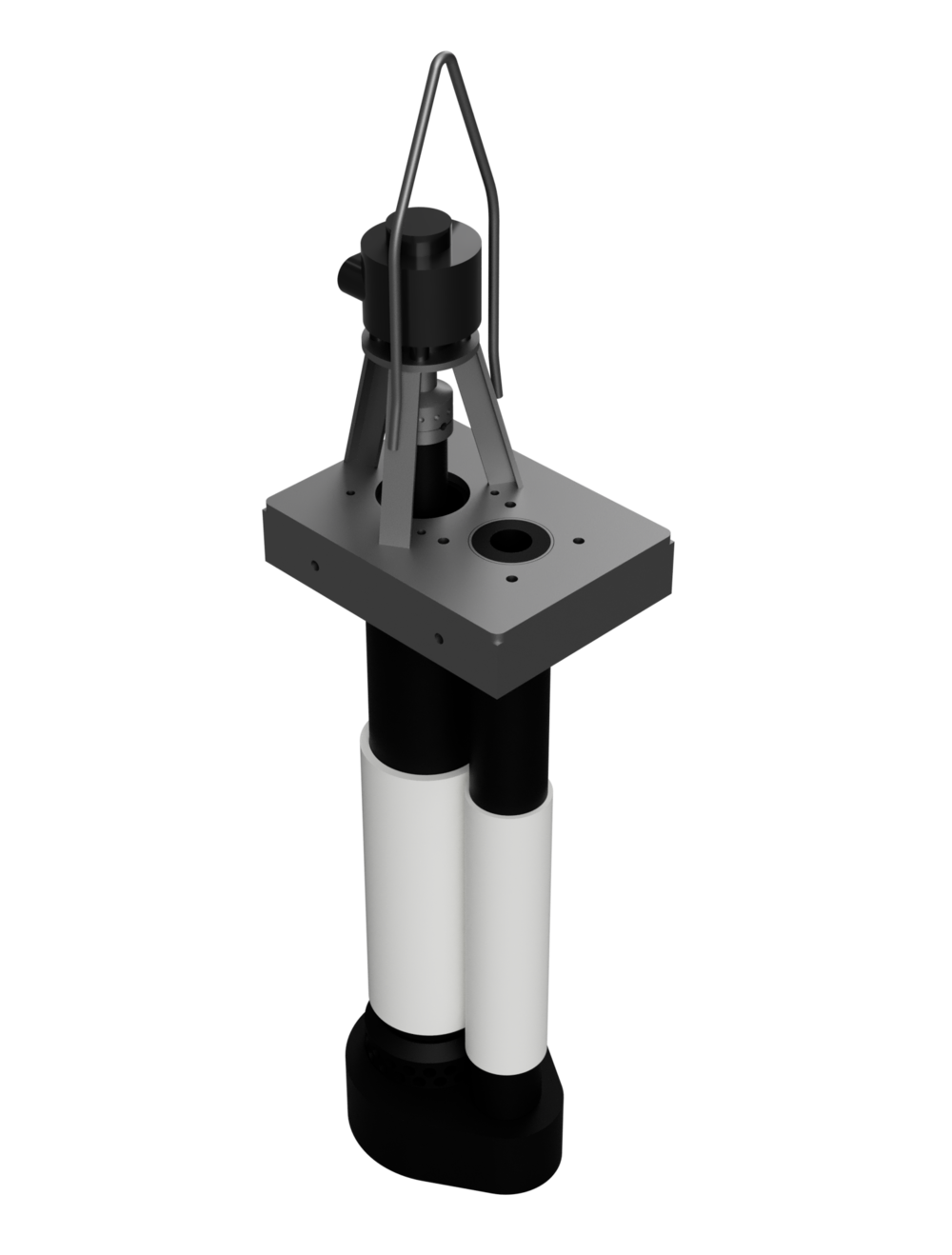
Re-use of a Graphite Pump - Not a Warped Idea!
Unlike stainless steel pumps, graphite pumps can be quickly and easily reintroduced into the molten metal bath, and the pump will operate with the same efficiency as when removed from the melt. This capability is because graphite retains its structural and dimensional integrity while stainless steel becomes flexible and deforms at molten metal operating temperatures. Once removed from the metal bath, especially an aluminum bath, the stainless steel pump must be discarded due to excessive deformation. Molten metal pump base showing posts, shaft, shaft bearing, and base all made of graphite treated with a proprietary oxidation inhibitor process not available elsewhere.

NEVER RUN A PUMP DRY!
The molten metal IS the lubrication for the impeller and base-volute. Running the pump dry will result in damage.

Pre-Storage Pump Inspection - Maintenance Pumps
Before putting a pump away for storage, it must be inspected. This article covers the step-by-step process to take before stowing a pump.

Maintenance Pumps and Typical Use Cases
About 10% of molten metal pumps are used exclusively for maintenance applications. It is not uncommon to use a maintenance pump once every year to eighteen months. This article covers the typical ways that maintenance pumps are used.

Rock Catcher Basics
Rock Catchers are used to keep large chunks of material from interfering with proper pump operation. Rocks, chunks, clumps, are all terms to describe material in the melt that is a bit too large to flow through the impeller’s orifices.
